How Parents Can Encourage Reluctant Readers
What’s The Definition Of A Reluctant Reader?
“A reluctant reader is someone who doesn’t enjoy reading, and actively resists opportunities to do so. They may engage in distraction techniques like clowning around or even throwing tantrums, to avoid reading. Reluctant readers are usually able to read, but need to be coaxed into doing so.” – Alero Fagbulu, founder of FreeReaders
“Children choose not to read for many reasons, it’s a question of finding what inspires them to read. We think there are six behaviours to encourage, including letting children choose what they read; offering help to to find books; having books at home and at school; being read to; having time to read; and having fun while reading. When children are supported with any or all of these six things, they’re more likely to feel enthusiastic.” – Cassie Chadderton, chief executive of World Book Day
Why Are Some Children Less Keen To Read?
“Some think it makes them look ‘uncool’ – they think reading is nerdy and they might get bullied. The instant gratification of TV, a tablet or games console is far more appealing. Others find it boring, while others find that refusing to read is an effective way of ‘taking a stand’. Sometimes, reluctance can stem from the child’s own knowledge that they are behind their peers in reading fluency. These children also have a real fear of exposing themselves to mockery, and may have low self-esteem.” – Alero
“Each child will have a different experience and once they get older, they might have more academic pressure from school, so other pastimes might feel more social to them. Some children are put off because they aren’t offered books that are interesting to them, or they’re told that what they are enjoying isn’t appropriate. It’s why we believe comics and graphic novels are a great route into reading.” – Cassie
How Can You Spot When A Child Might Have Issues Around Reading?
“In my experience, a child with issues around reading will make deliberate efforts to avoid it. Nobody wants to put their weakness in the spotlight and in some cases, a child might have read a book without comprehension of the text. Delving deeper may uncover coping strategies this child has employed to hide their poor reading habits, like guessing and skipping words.” – Alero
“Their reading speed may be slow, or their comprehension could be poor. They may transpose letters within words which also often means they find spelling hard because they’re not seeing words as they’re actually spelt. They may find lists of single words hard to read as there are no context cues, or they may avoid situations where they might be asked to read. Breaking words into syllables could be tricky and decoding the word using phonic knowledge may be something they are not confident with.” – Ryan Lockett, director of studies at TLC LIVE
What’s The Difference Between A Reluctant Reader And A Child Who Has Learning Difficulties?
“A reluctant reader might be able but just have no desire to read because they don’t see any benefits associated with it. On the other hand, a child who has difficulties or who struggles with reading may have experienced difficulties in acquiring the skills required to read. This may be due to language acquisition barriers, speech, language, hearing impediments, developmental delays – so it’s definitely worth investigating.” – Alero
Why Is Reading For Pleasure Important?
“Reading for pleasure is a major indicator of a child’s future success – more than their family circumstances, their parents’ educational background or their income. If a child is reading for enjoyment or fun, their vocabulary improves (in comparison to children who don’t read), their reading skills improve and they perform better in subjects other than English. There’s a strong link between reading for pleasure and better mental health and wellbeing, too, and improved empathy skills.” – Cassie
Before A Child Starts Reading, How Can You Instil Positive Reading Associations?
“A baby will enjoy sitting on their parent’s lap, staring at their lips while they read aloud to them. Later on, this infant will feel safe and happy, bonding with their adult as they look at the pictures, while the words are read to them. Multiple studies have found that reading with a child builds emotional security and fosters a sense of attachment. Reading to a child is directly correlated with early literacy. The child learns to associate reading with happiness, security and love, and will choose to repeat this activity to recreate the feeling. Children whose parents read for pleasure tend to copy them. Interestingly, the language adults use around reading can make a difference too. There is a huge difference in, 'Timi, here is a new book for you. If you don’t read it, you will not watch Postman Pat', and 'We are going to have a lovely evening – first you will read this dinosaur book, and then we can watch Postman Pat'.” – Alero
At What Age Would You Expect A Child To Start Reading Alone?
“Reading aloud to and with children is a great thing to do throughout primary school and beyond. You’re taking the pressure off them by reading aloud from a book that interests them and this is what encourages them to read by themselves. Reading for enjoyment is less about meeting milestones and more about what children want.” – Cassie
When You Have Older Children, Should You Still Read With Them?
“I believe parents should read with their child for as long as they both want. You can read more complex books together and practice shared reading, where you might read one page and have your child read a page or a paragraph, depending on their mood. This would be a great bonding experience as well as an important source of developing comprehension and inferential reasoning skills. Reading with the older child presents opportunities for surprisingly broad conversations, too.” – Alero
What Techniques Or Strategies Would You Suggest To Encourage A Younger Reader?
“Don’t let them struggle. If they can’t read a word, help them and move on. Correct their errors in a non-dramatic and non-critical way, but correct every error. Praise them effectively – “Wow, you blended those sounds together perfectly!”; “Awesome, you’ve read a whole page all by yourself,” etc. Rewards and recognition are great incentives – give them stickers for achieving their daily reading goal, and give them a treat at the end of the week if they finish something.” –Alero
“Match words with pictures to develop sight reading and word recognition, as well breaking down words and decoding, and then getting the reader to read what you have just read. This can help develop predicting, retrieving and summarising skills so that reading becomes more than just a memory exercise of remembering words. Be patient and practice in a variety of ways. Words are all around us, so you don’t have to read on the sofa all the time. Present reading as non-threatening (read the names on boxes, tins of food, shop names, football teams etc); use picture books and tell stories, or get the child to tell stories to encourage a love of books. Choose books/reading material based on the child’s interest area, and develop ‘book-talk’ rather than word reading – for example: “What do you think is happening on this page?” – Ryan
And An Older Reader?
“Let them choose their book. If they have a school reader, they can read their chosen book for pleasure. If you can, read the same book that your child is reading and discuss it. Where possible, begin the tradition of reading the book, then watching the movie. If your child doesn’t want to pick up a book, get them to read everything else for you. Recipes, instructions – even the subtitles on television programmes!” – Alero
Can Graphic Novels Be Helpful And If So, How?
“There is a myth that graphic novels are sub-standard reading and do not count as ‘real books’. This is false. Graphic novels are in fact excellent resources for developing and enhancing reading skills. They immediately present less stress to the reader who might otherwise be overwhelmed with a full page of text. The pictures are visually appealing and designed to engage the reader. Comprehension is enhanced as the child sees a direct link between the (short) text and the action. These types of books are helpful for struggling readers as they help to ease the transition from picture books to full-text books. For non-struggling readers, they are part of a variety of reading material, and the graphics can be useful in following the plot, making predictions and generally encouraging full immersion in the story.” – Alero
Is It ‘Cheating’ To Listen To An Audio Book?
“There is no unfair advantage to be gained from listening to an audio book. Audio books are a great way to share stories. Young children who are starting out on their journey to literacy can listen to a book while they follow the physical book, as a model of fluent reading. Established readers can close their eyes and let their imaginations roam unfettered, as they listen. When we as adults listen to audio books, we can engage in discussion about the book just as robustly as another who reads the physical book. Audio books improve comprehension and vocabulary and are useful for young readers with English as an additional language. However, they should not be a substitute for physical books for children who are learning to decode text.” – Alero
Finally, Here Are The Books Our Experts Recommend For Each Age Group…
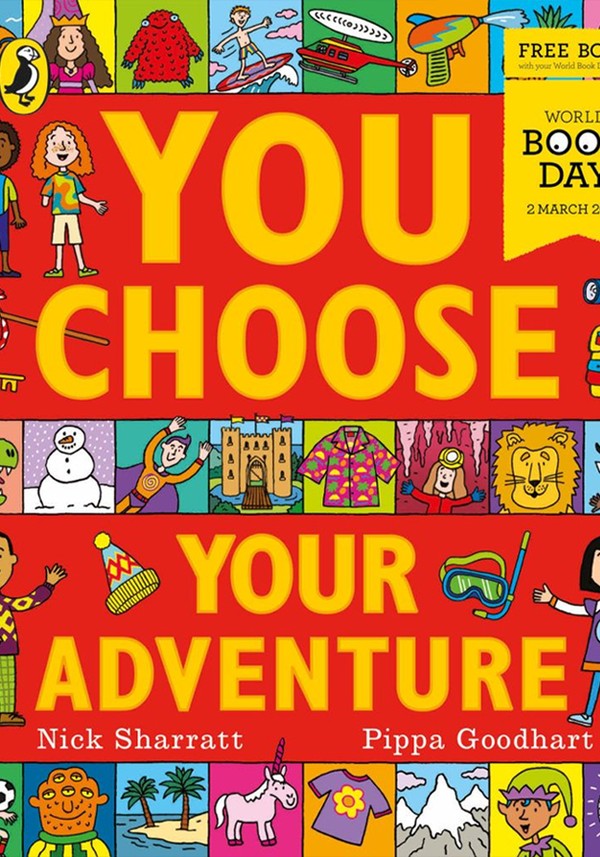
Pippa Goodhart,
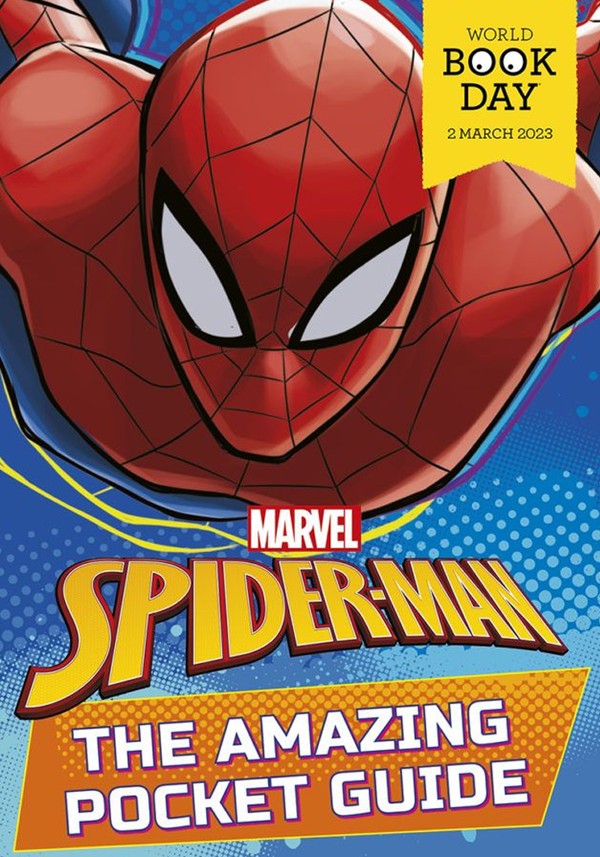
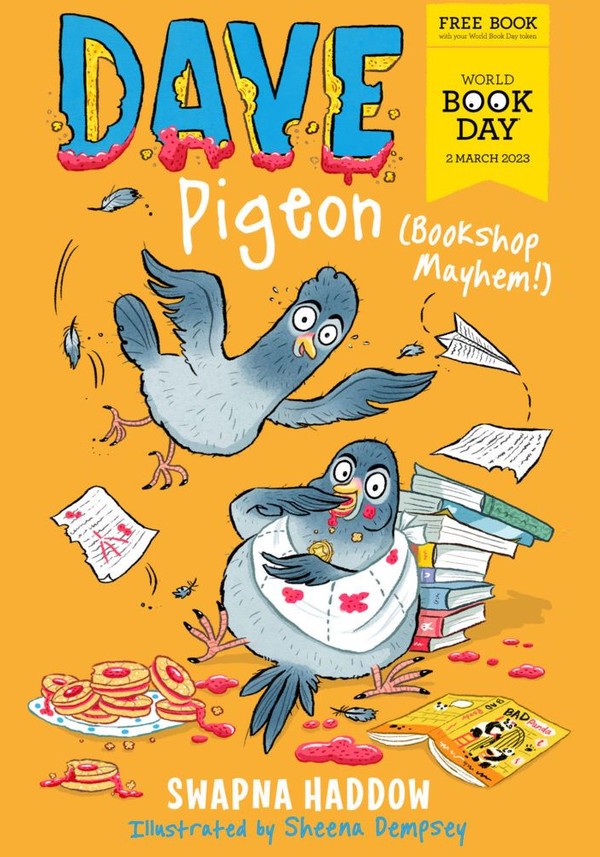
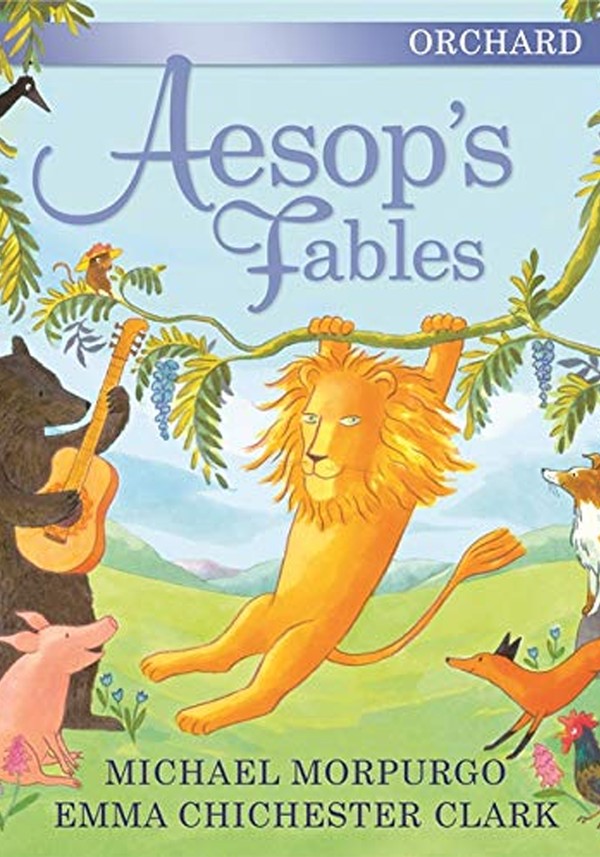
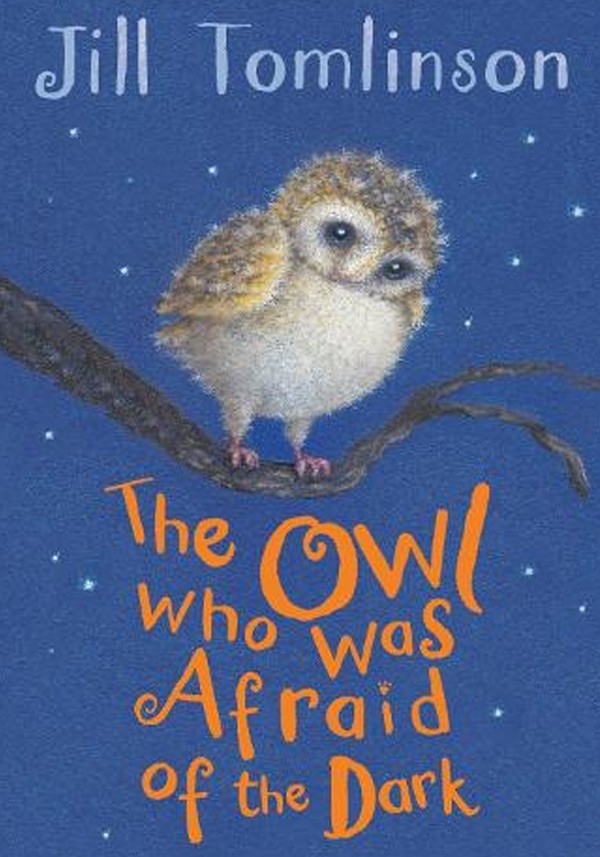
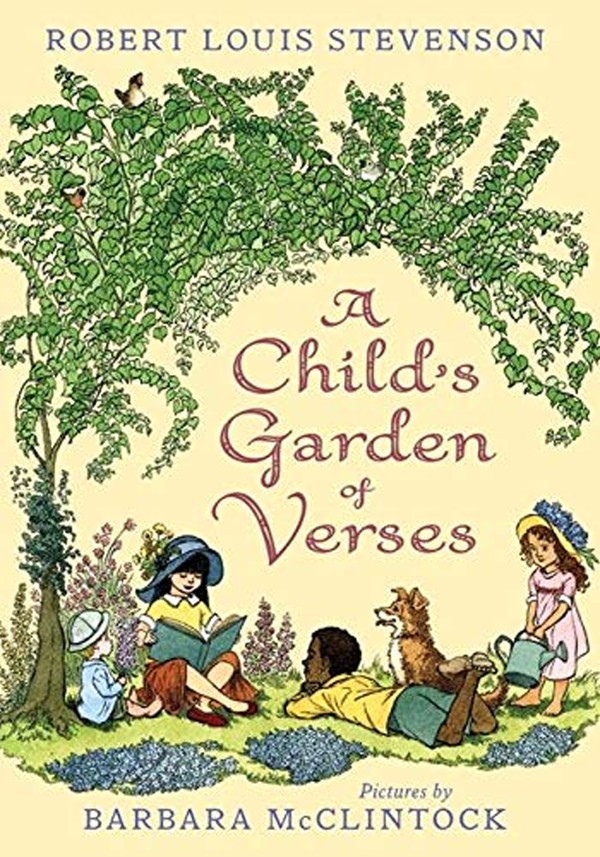
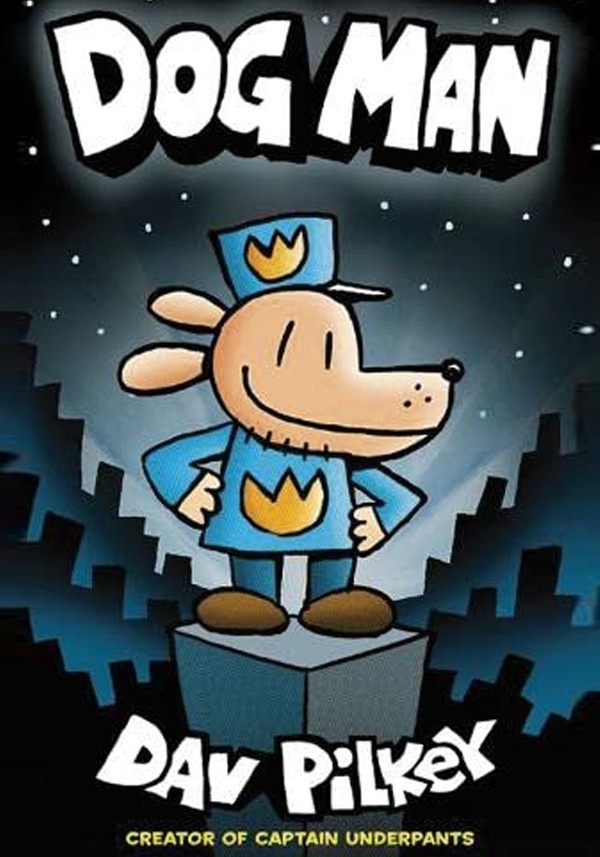
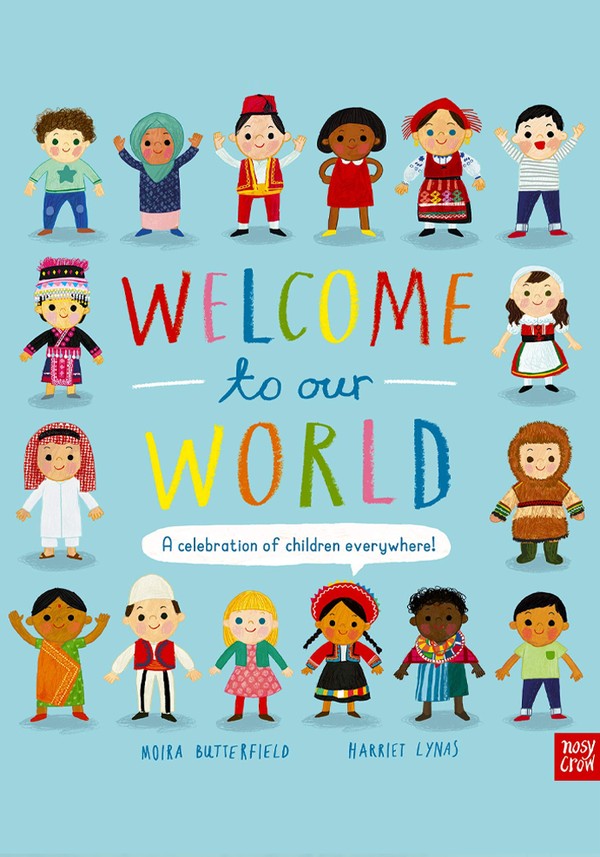
Moira Butterfield,
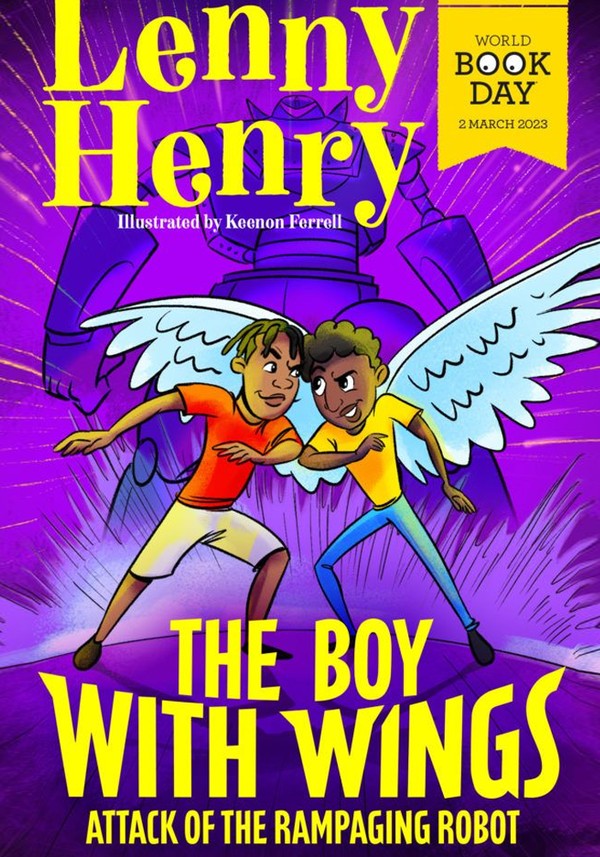
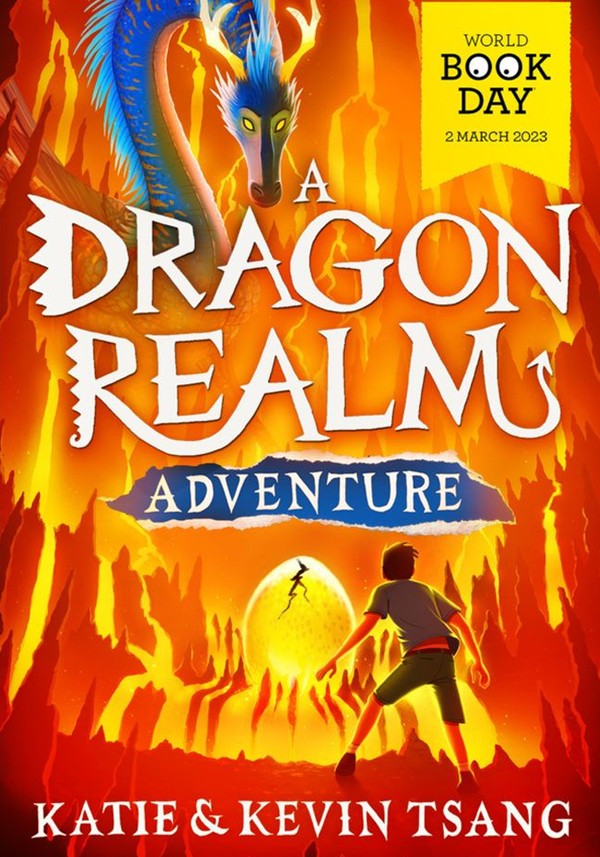
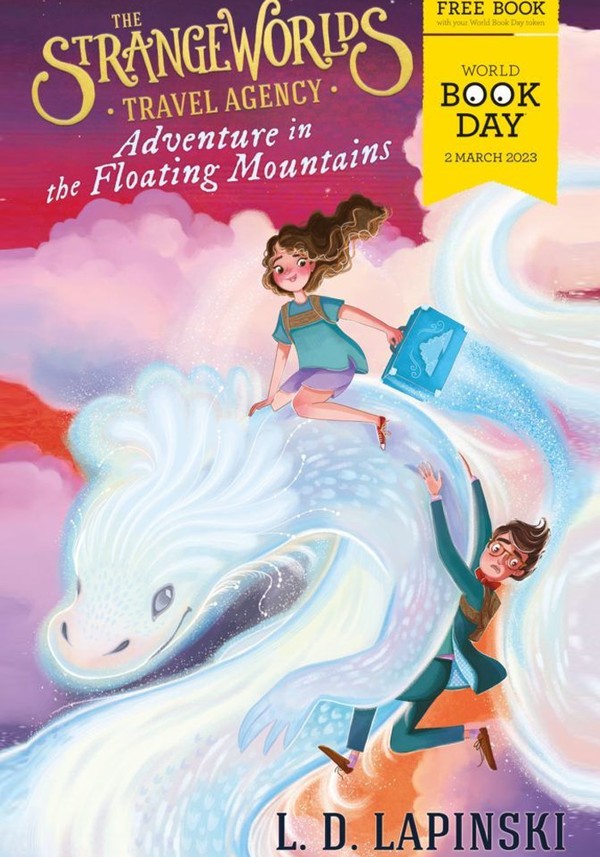
L.D. Lapinski,
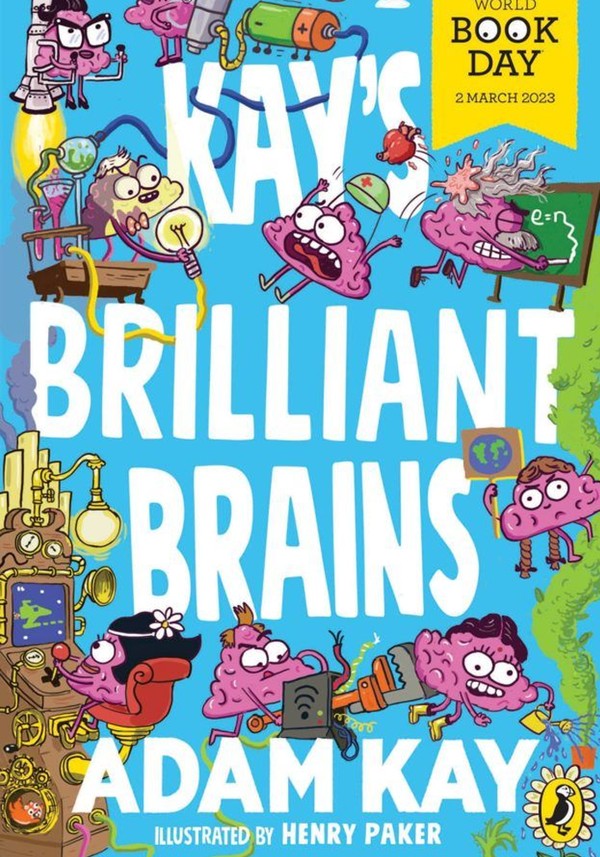

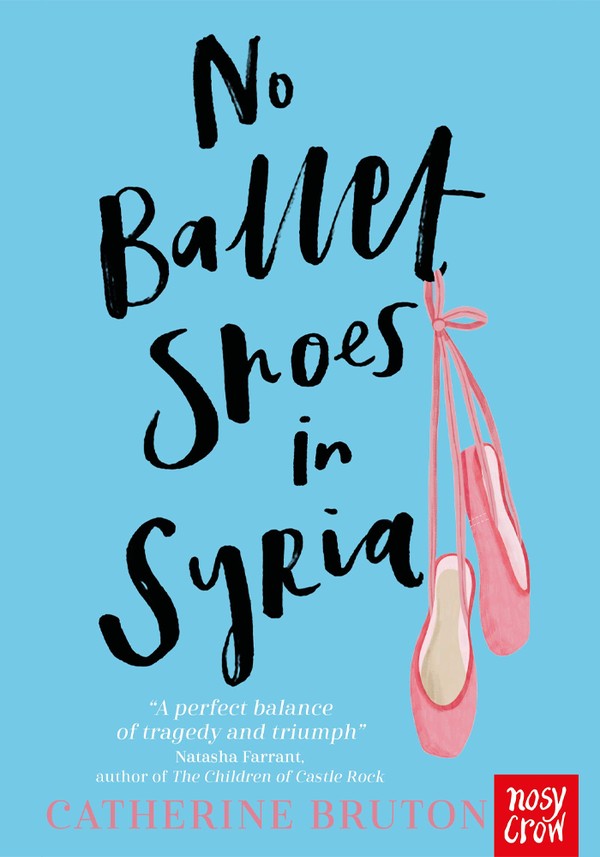

Captain Tom Moore,
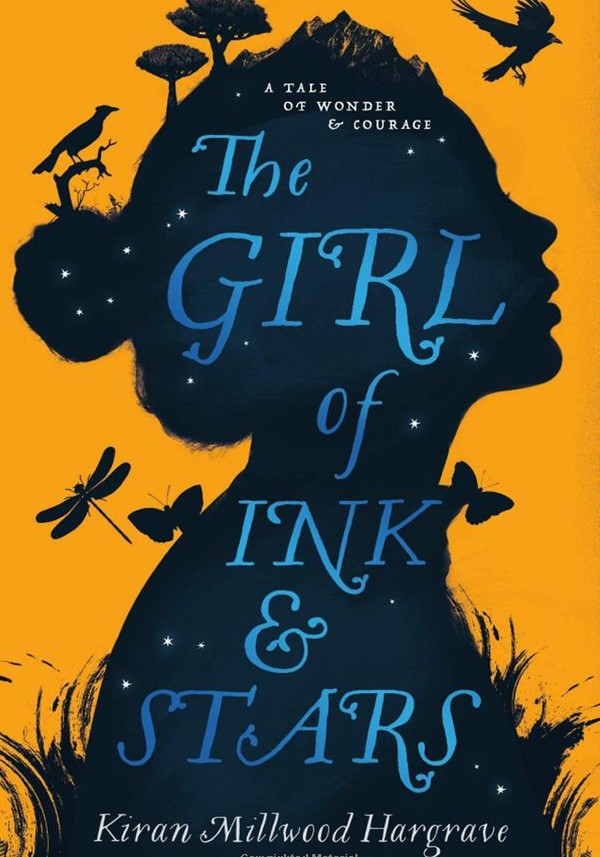
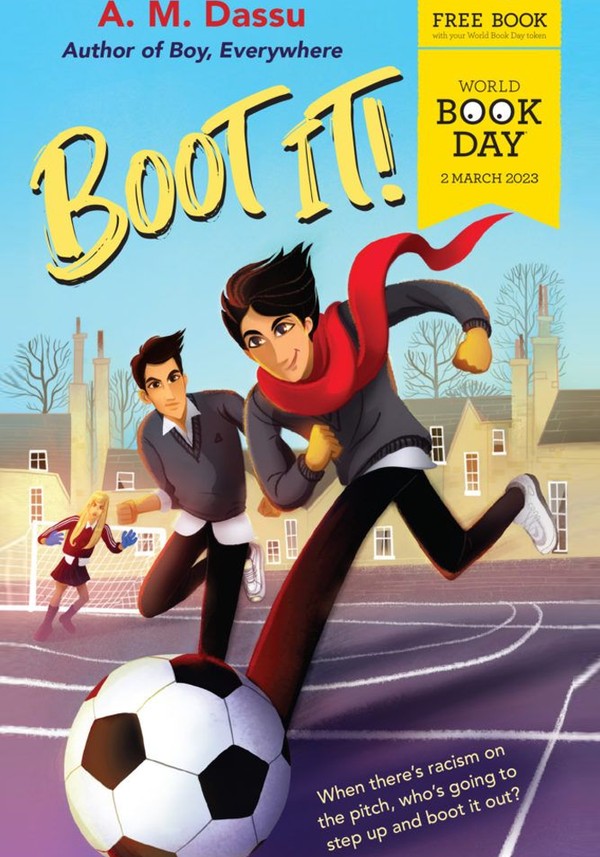
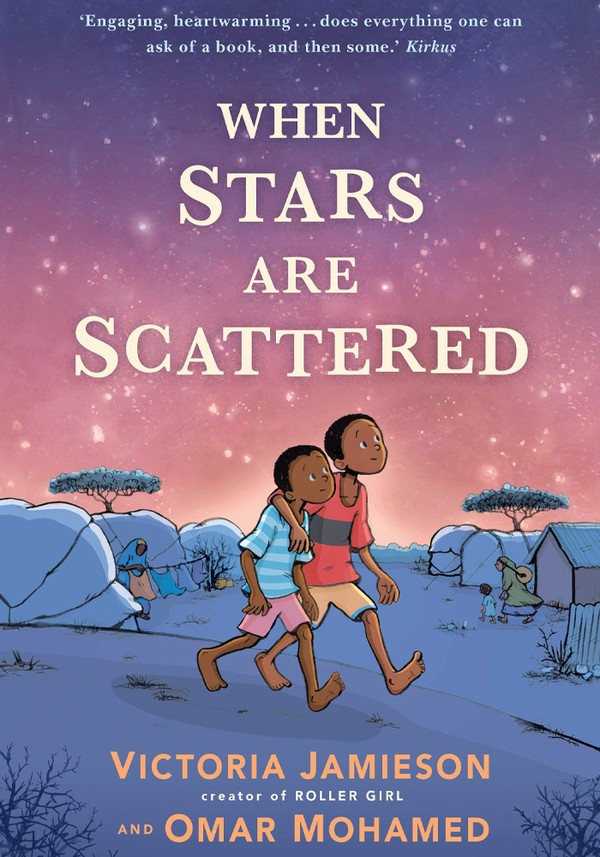
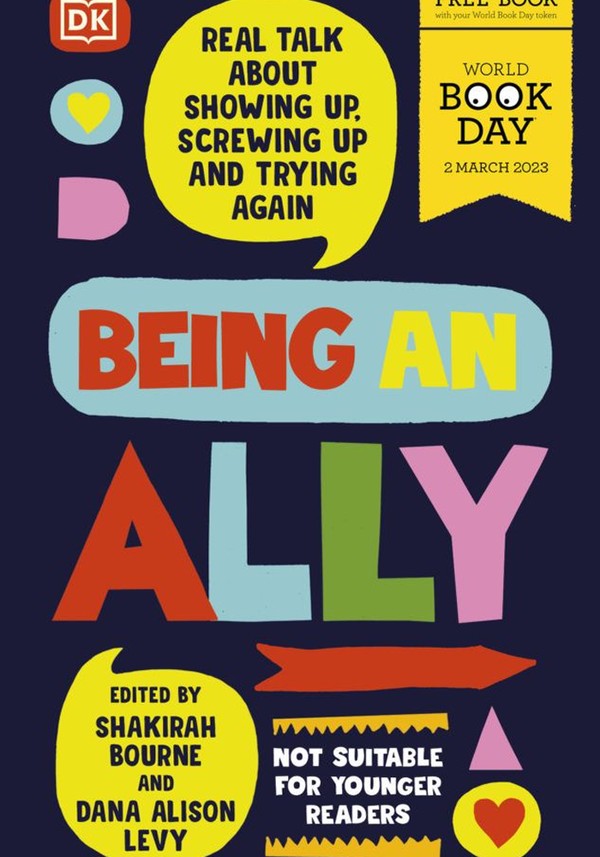
Shakirah Bourne & Dana Alison Levy,
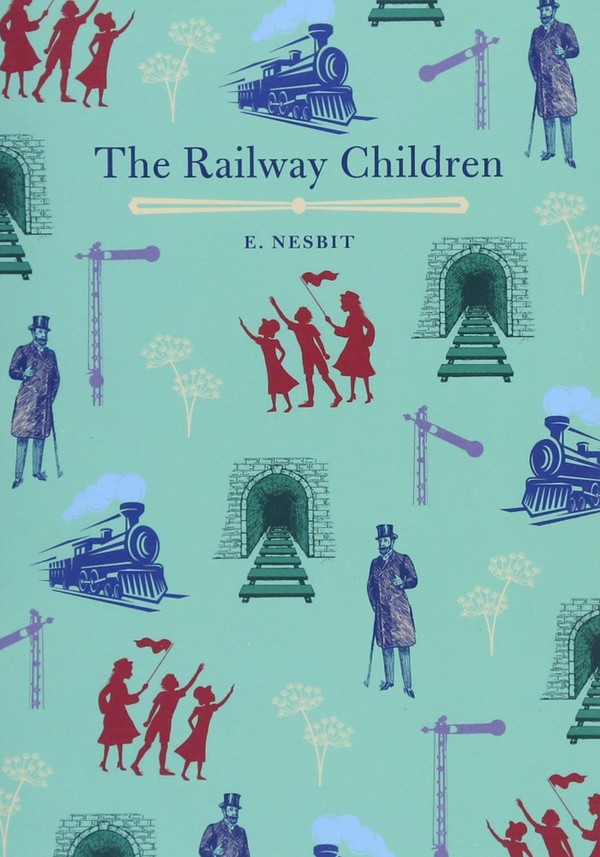
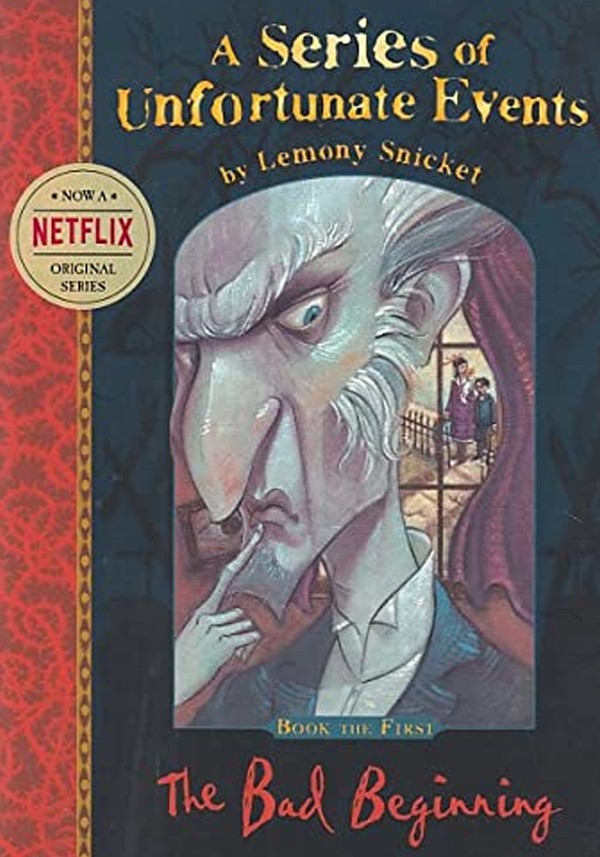
Lemony Snicket,
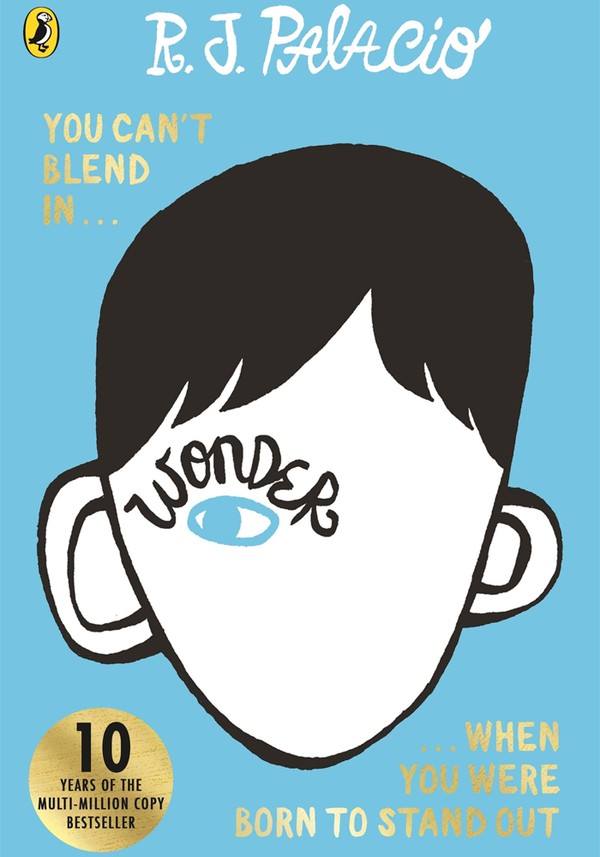
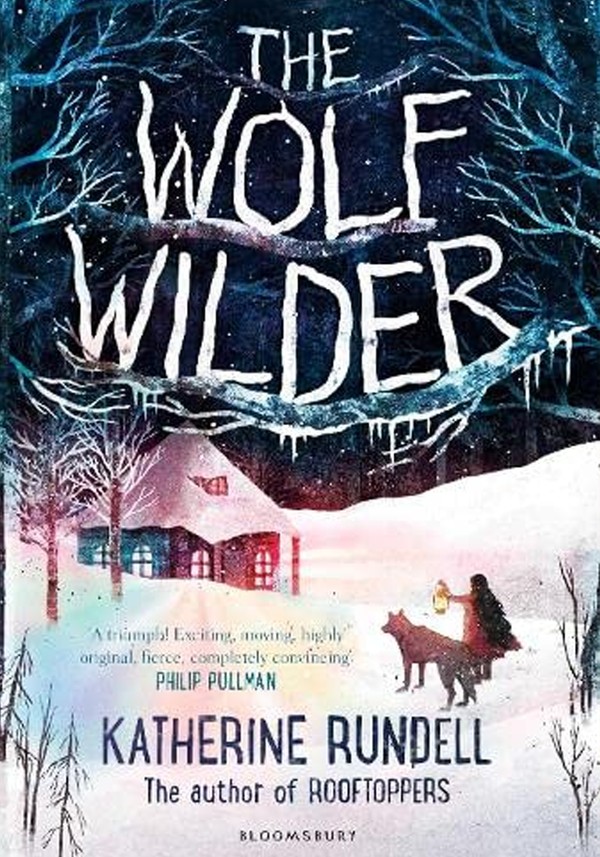
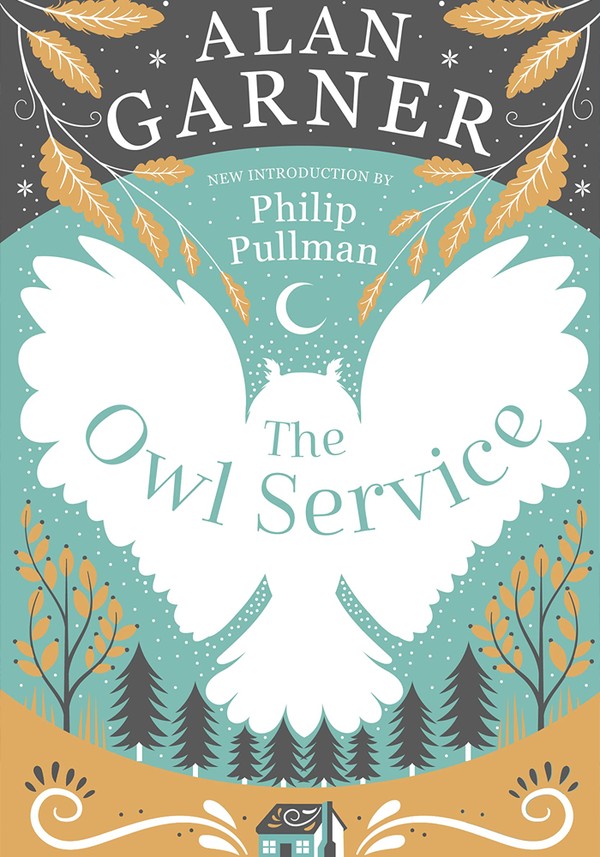
DISCLAIMER: We endeavour to always credit the correct original source of every image we use. If you think a credit may be incorrect, please contact us at info@sheerluxe.com.
All products on this page have been selected by our editorial team, however we may make commission on some products.

/https%3A%2F%2Fsw18.sheerluxe.com%2Fsites%2Fsheerluxe%2Ffiles%2Fwebsite-images%2F2025%2F04%2Fnew-parenting-background-image.jpg?itok=rRrLkJpg)